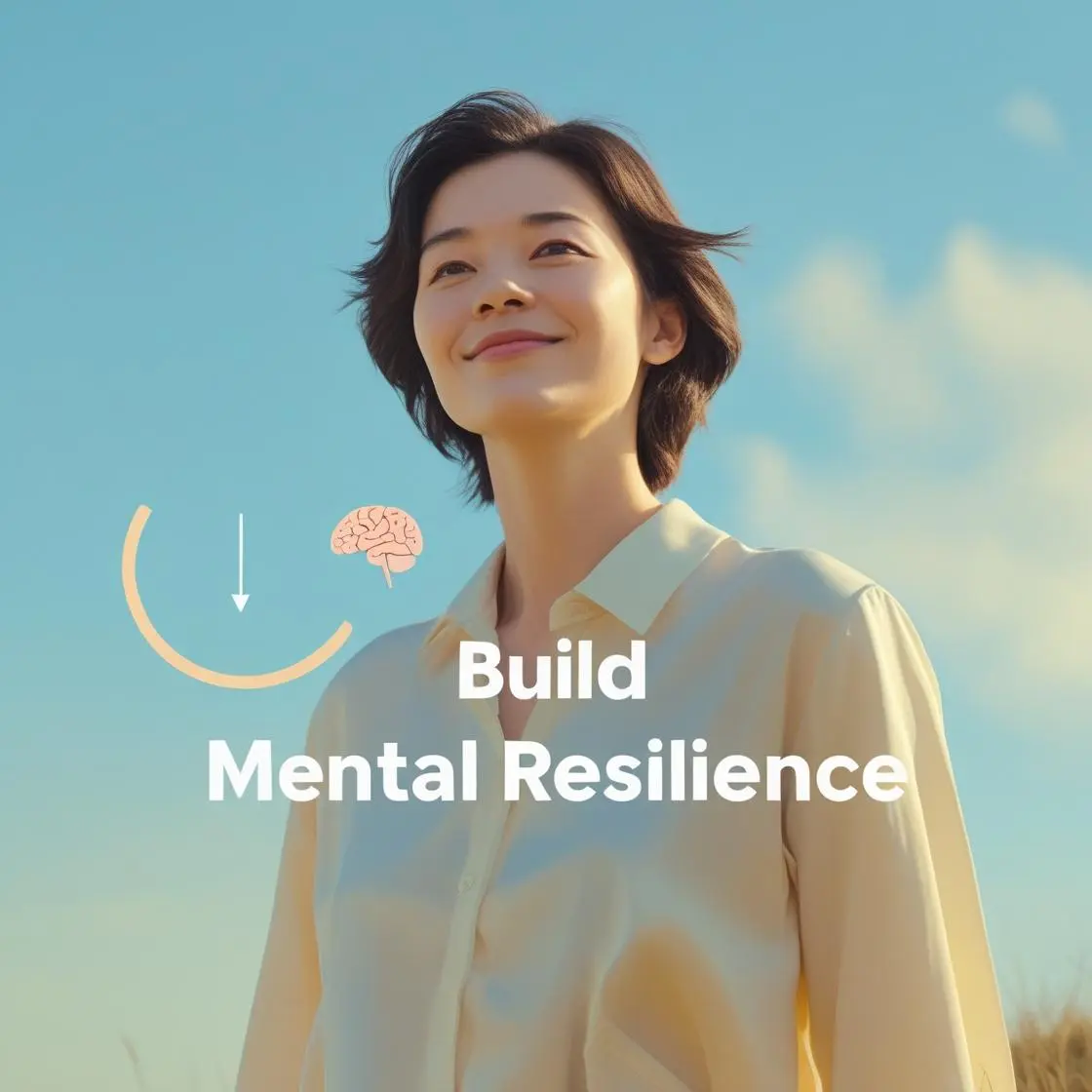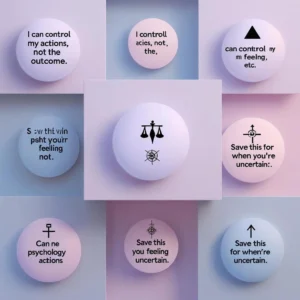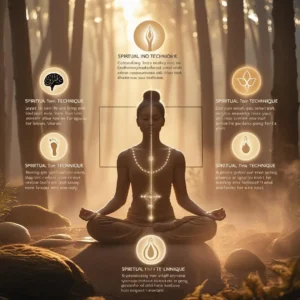🧠 How to Build Mental Resilience Using Psychological Tools
Mental resilience isn’t about being “tough” or emotionless—it’s about staying adaptable, thinking clearly, and returning to balance even after setbacks. In psychology, resilience is seen not as a fixed trait but as a set of cognitive, emotional, and behavioral tools that can be learned, practiced, and strengthened.
In this article, we’ll explore science-backed psychological strategies that help you build real mental strength—without falling into toxic positivity or unrealistic expectations.
🔍 What Is Mental Resilience, Really?
Mental resilience is the ability to recover from stress, adapt to challenges, and maintain psychological stability in difficult or uncertain situations.
It includes:
- Cognitive flexibility (changing the way you think when needed)
- Emotional regulation (managing intense feelings constructively)
- Goal persistence (staying committed despite discomfort)
- Self-efficacy (believing you can influence outcomes)
Resilience is not about avoiding discomfort—it’s about knowing how to face it without falling apart.
🛠️ 1. Practice Cognitive Reframing
One of the most powerful tools in resilience-building is cognitive reframing: the skill of changing the way you interpret a situation, without denying the reality.
Example: Instead of thinking “I failed and that proves I’m not good enough,” a resilient thinker says “This setback shows where I need to grow—and I’ll use it.”
🔑 Backed by: Cognitive Behavioral Therapy (CBT), pioneered by Aaron T. Beck.
🧭 2. Define Your “Circle of Control”
Many people waste mental energy worrying about things they cannot influence (e.g., politics, the past, other people’s behavior). Resilient individuals focus only on what they can control: their actions, their words, their mindset.
Try this: Make two columns—on the left, list what you can control. On the right, list what you can’t. Redirect all energy to the left column.
🔑 Backed by: Locus of Control theory (Julian Rotter, 1966)
🧘 3. Train Your Nervous System
Mental resilience isn’t just mental—it’s physiological. Your nervous system plays a huge role in how you respond to stress.
Train it using:
- Deep breathing (4-7-8 technique)
- Progressive muscle relaxation
- Cold exposure or body movement
- Mindfulness meditation
These tools activate the parasympathetic nervous system, which reduces the fight-or-flight response.
🔑 Backed by: Polyvagal Theory (Stephen Porges), mindfulness research (Jon Kabat-Zinn)
🎯 4. Set Flexible Goals (Not Rigid Plans)
Rigid expectations often lead to disappointment. Resilient people set flexible goals—they know what they want, but also adapt their strategies when reality changes.
Tip: Break your goals into small, modular steps. Expect obstacles. Adjust rather than quit.
🔑 Backed by: Self-Determination Theory (Deci & Ryan, 2000)
🔁 5. Learn from Setbacks with a Growth Mindset
According to Carol Dweck’s work, a growth mindset is essential for resilience. Instead of asking “Why is this happening to me?” ask:
- “What is this teaching me?”
- “How can I become better from this?”
- “What would I do differently next time?”
Mistakes don’t define you—they’re feedback.
🔑 Backed by: Growth Mindset theory (Dweck, 2006)
💬 6. Use Grounding Self-Talk
Your inner dialogue can either make you collapse—or help you stand tall. Practice emotionally intelligent self-talk in hard moments.
Try phrases like:
- “I’ve been through difficult things before—I can face this too.”
- “I don’t need to fix everything right now; I just need to breathe.”
- “This moment is hard, but it’s not forever.”
🔗 Related: 7 Powerful Phrases to Regain Control During Uncertainty https://psycsci.com/2025/08/control-during-uncertainty/
📚 References with Links
Deci, E. L., & Ryan, R. M. (2000).
The “what” and “why” of goal pursuits: Human needs and the self-determination of behavior.
Psychological Inquiry, 11(4), 227–268.
🔗 https://doi.org/10.1207/S15327965PLI1104_01
Gross, J. J. (2002).
Emotion regulation: Affective, cognitive, and social consequences.
Psychophysiology, 39(3), 281–291.
🔗 https://doi.org/10.1017/S0048577201393198
Rotter, J. B. (1966).
Generalized expectancies for internal versus external control of reinforcement.
Psychological Monographs: General and Applied, 80(1), 1–28.
🔗 https://doi.org/10.1037/h0092976
Kahneman, D., & Tversky, A. (1984).
Choices, values, and frames.
American Psychologist, 39(4), 341–350.
🔗 https://doi.org/10.1037/0003-066X.39.4.341
Bandura, A. (1997).
Self-efficacy: The exercise of control.
New York: W.H. Freeman.
🔗 https://www.worldcat.org/title/36746975
📚 Note: Full text not freely available online; WorldCat link provided for library lookup.















1 comment